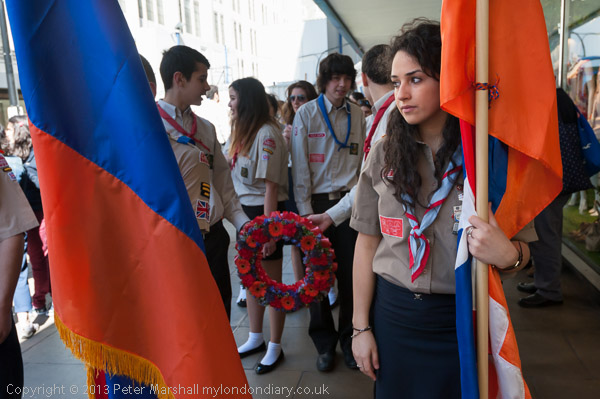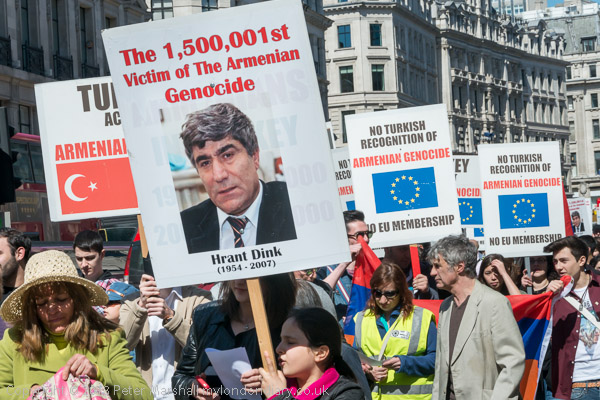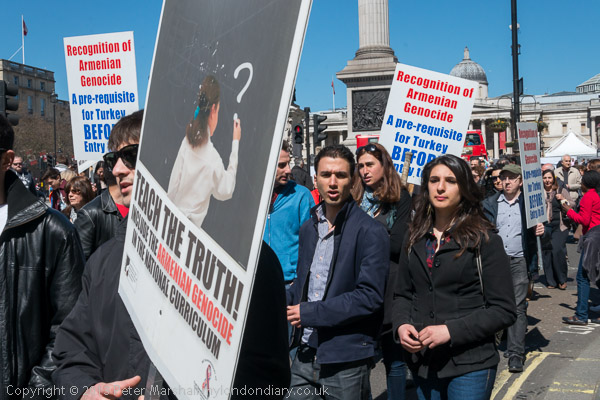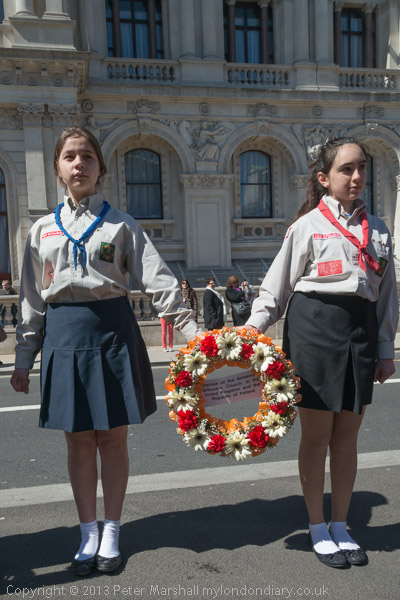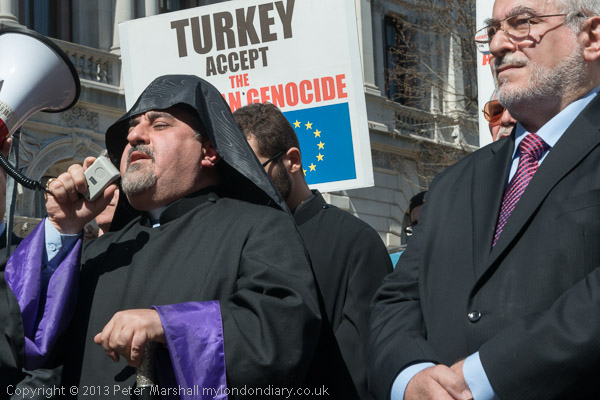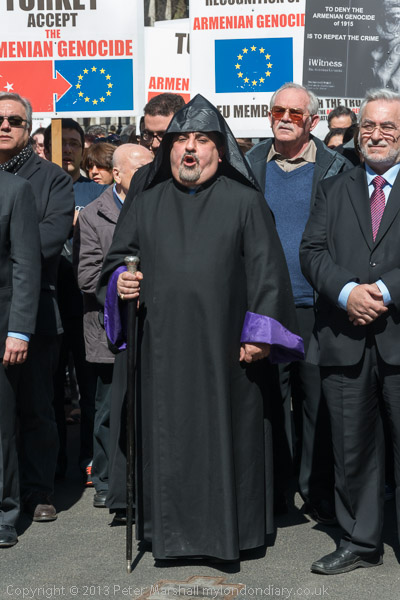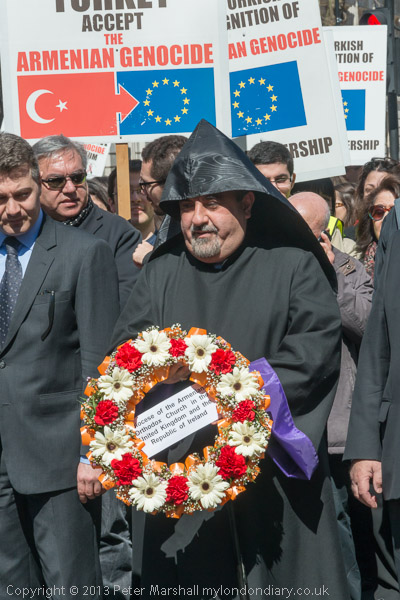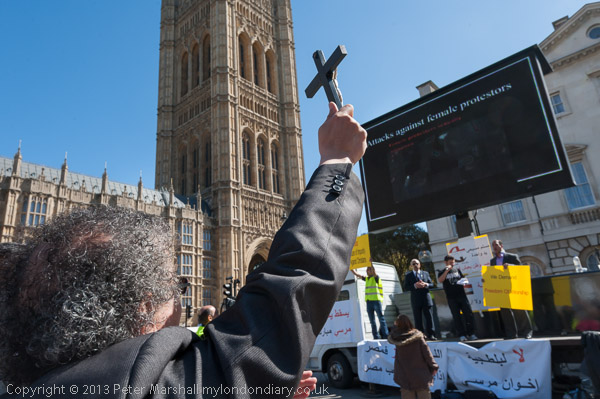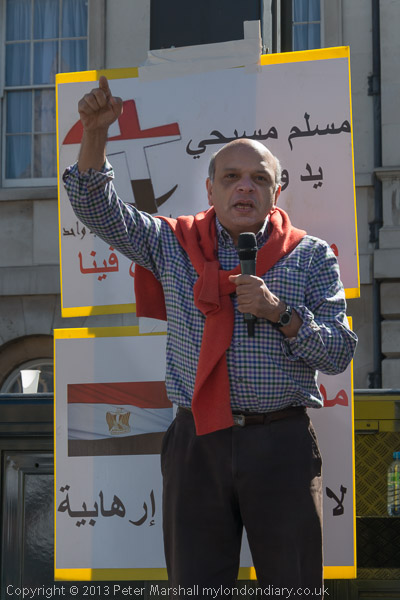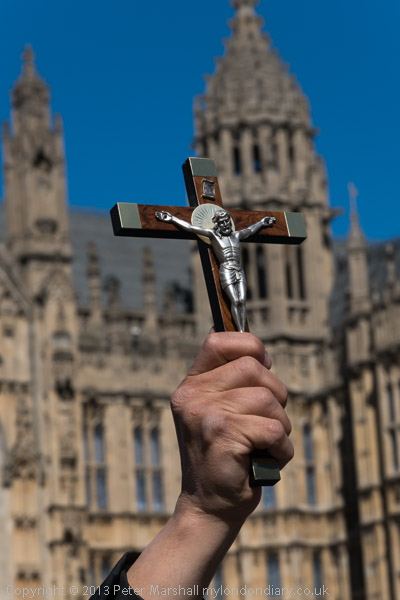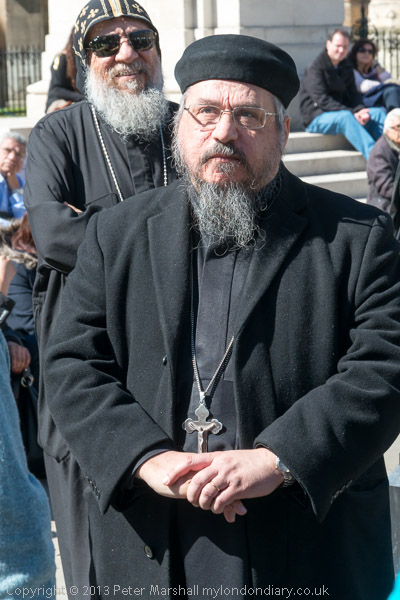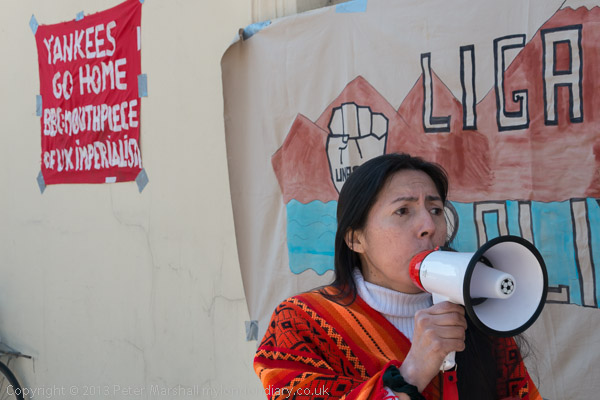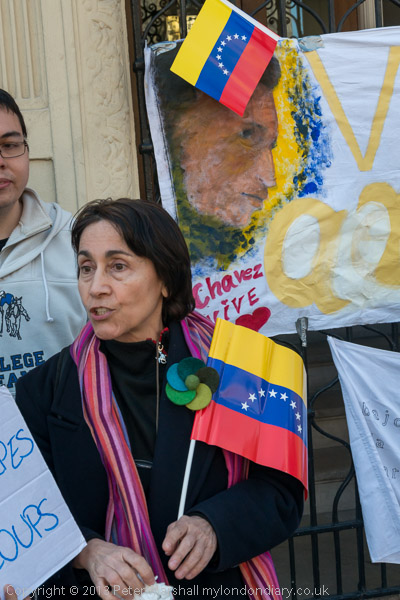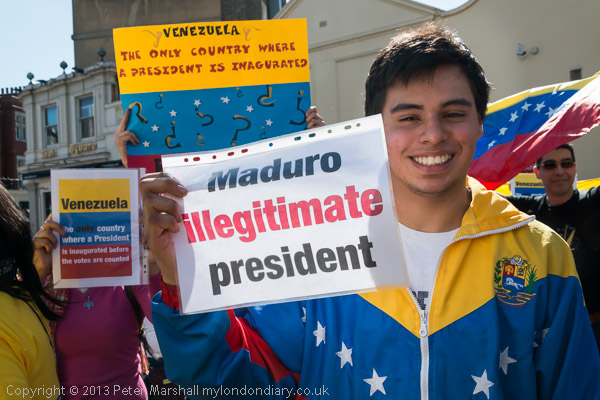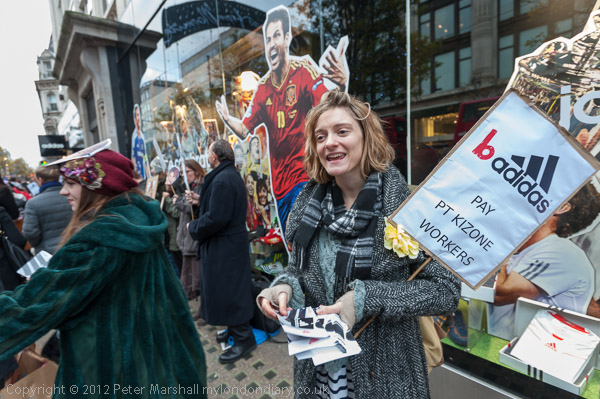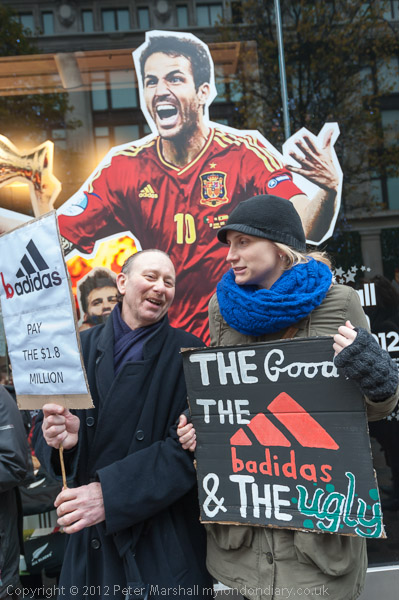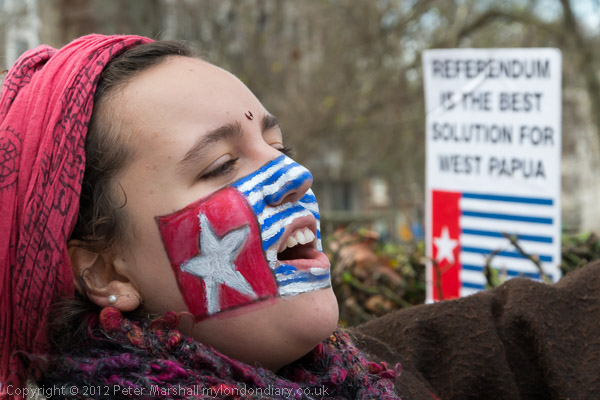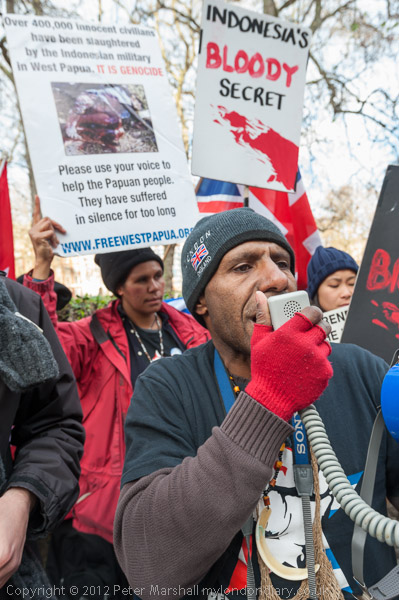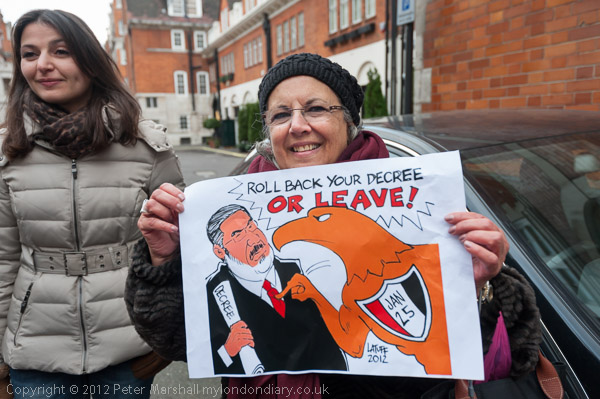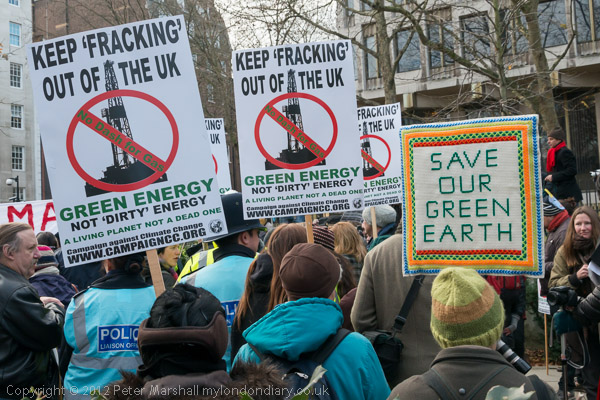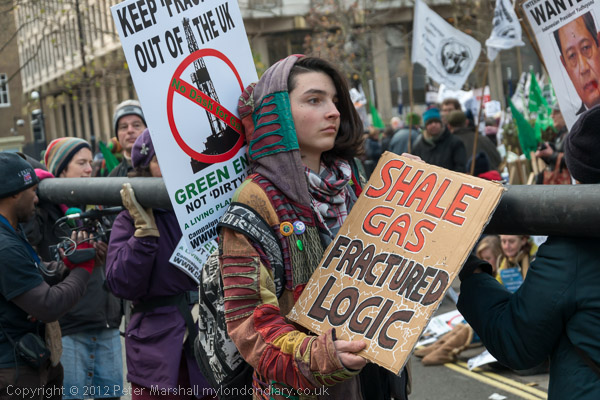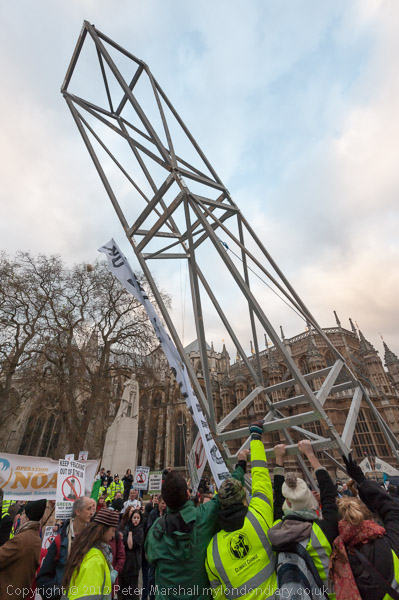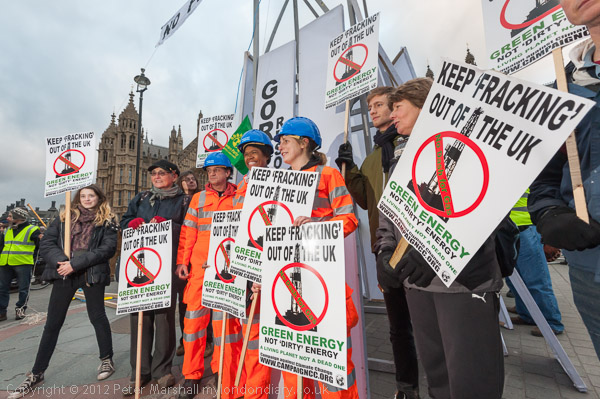Israel, Egypt, ISIS, Sewol & Marikana: The Marikana massacre when 34 striking mine workers were shot dead in South Africa took place on 16th August 2012, so today the 11th anniversary will be marked in London by a commemoration beginning at 16.00 outside the South African Embassy in Trafalgar Square. You can read more about the massacre and these commemoration in my post last year, London Solidarity with Marikana Miners.
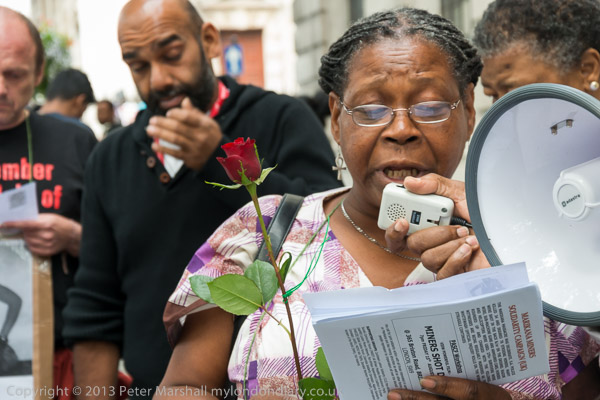
On Saturday 16th August 2014 I attended the event on the Second Anniversary of Marikana Miners Massacre and you can see more pictures from this on My London Diary.
But the Marikana commemoration was not the only event on that day, and here are also some of the other things I photographed.
Boycott Israel – Boycott M&S – Brixton
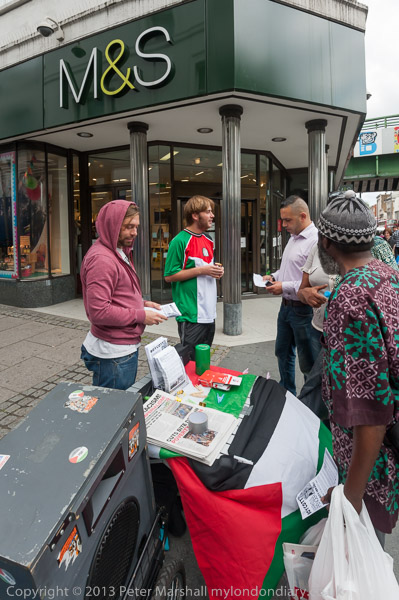
Protesters outside M&S in the centre of Brixton argued that the store legitimises the illegal occupation of Palestine and supports Zionist racism and brutality by selling Israeli goods and called for a boycott in solidarity with the people of Gaza. I made a brief visit as the RCG picket was beginning and then took the tube to Bond Street.
More pictures at Boycott Israel – Boycott M&S.
R4BIA remembers Egyptian massacres – South St, Mayfair
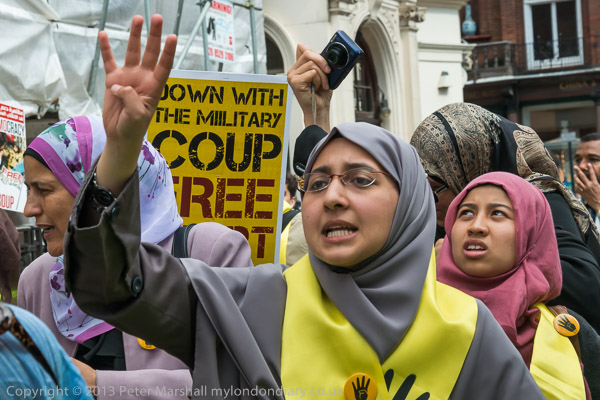
Marchers met at the Egyptian Embassy to march to Downing St on the anniversary of the massacres by Egyptian forces at Rabaa and Nahda squares on 14th August 2013 in which over 2600 were killed, 4000 injured and many arrested.
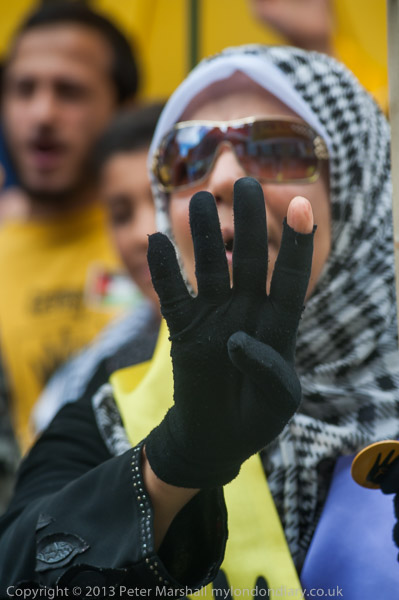
The Rabaa hand sign with four fingers extended and the thumb pressed into the palm was adopted in Egypt by the Muslim Brotherhood and supporters following the overthrow of President Morsi by a military coup. After his election Morsi had given himself unlimited powers to make laws and moved the country towards an Islamist state, eventually leading to mass protests which led the army to move on 3 July 2013, deposing him and suspending the new constitution. Pro-Morsi demonstrations were brutally dispersed with Human Rights Watch documenting over 900 deaths.
More pictures at R4BIA remembers Egyptian massacres.
March against ISIS massacres – Portland Place
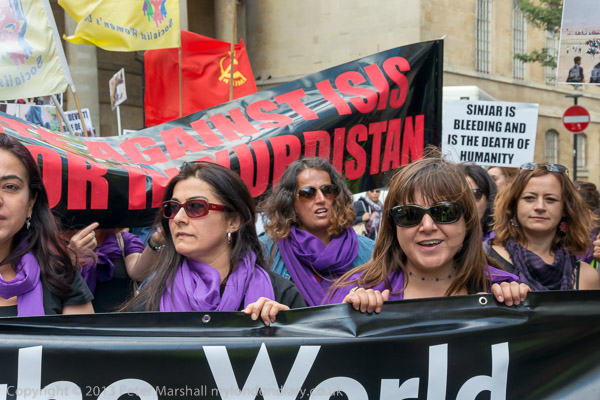
The Kurdish People’s Assembly and others met in front of the BBC to march against the attacks on Kurds, Shia, Sufi, Christian and Yezidi communities in Iraq, calling on the UK government for greater action including pressure on Turkey and Qatar to end support for jihadism.
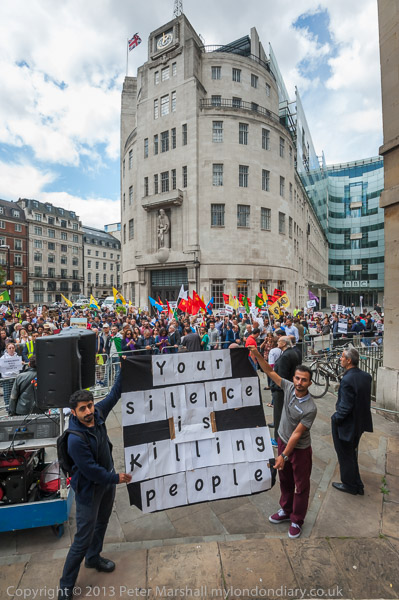
They met in front of the BBC to emphasise the lack of proper reporting of what is happening in Iraq and as one poster said, ‘Your silence is Killing people‘. The BBC has failed to report on the support that Turkey with its increasingly Islamic regime has given to the Islamic State jihadist forces. ISIS relies on oil exports smuggled through Turkey to support its existence and murdering attacks.
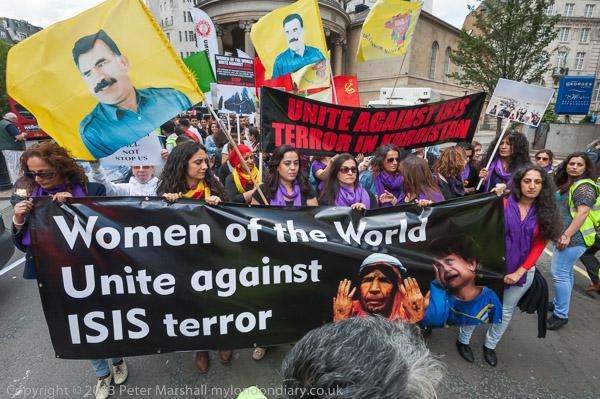
Our government keeps quiet about Turkey and refuses to condemn its activities as Turkey is a key member of NATO, and as in so many areas, the BBC toes the government line. While it employs many fine journalists they are constrained by their editors and managers up to the highest level and not allowed to report impartially, particularly on the UK domestic channels. Sometimes the World Service does rather better.
More pictures at Kurds Protest against ISIS
Koreans call for special Sewol Ferry Act – Trafalgar Square
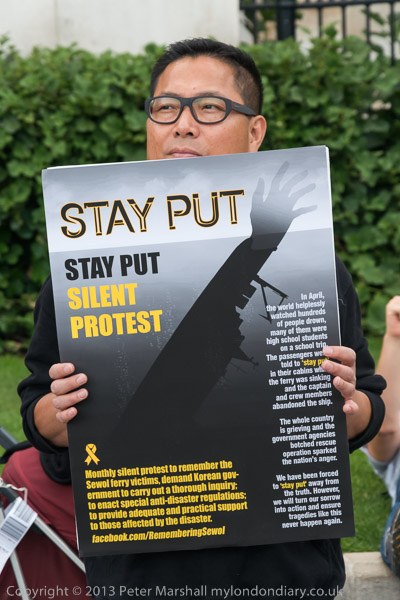
Koreans had been holding regular silent vigils in Trafalgar Square since the Sewol ferry disaster in April that year when schoolchildren on board were told to ‘Stay Put’ below decks and drowned.
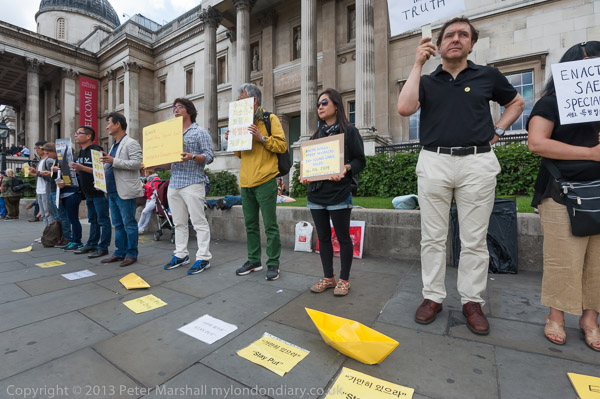
The protest on 16th August was part of global day of support for the Sewol Tragedy Victims’ Family Committee petition, already signed by around 4 million, for a special bill to investigate the deaths of 304 people, mainly high school students in the ferry disaster.
Koreans call for special Sewol Ferry Act
Second Anniversary of Marikana Miners Massacre
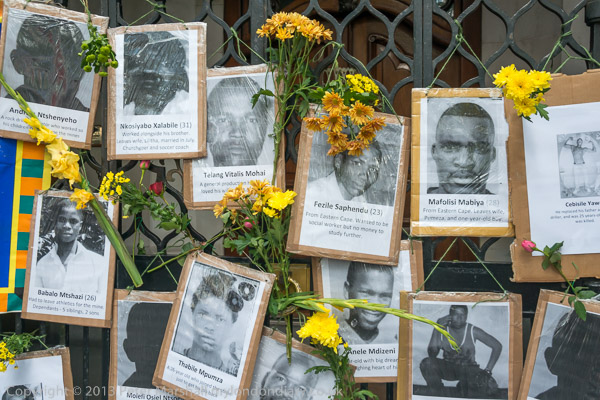
Taking place later in Trafalgar Square was the commemoration of the Second Anniversary of Marikana Miners Massacre mentioned at the start of this post.
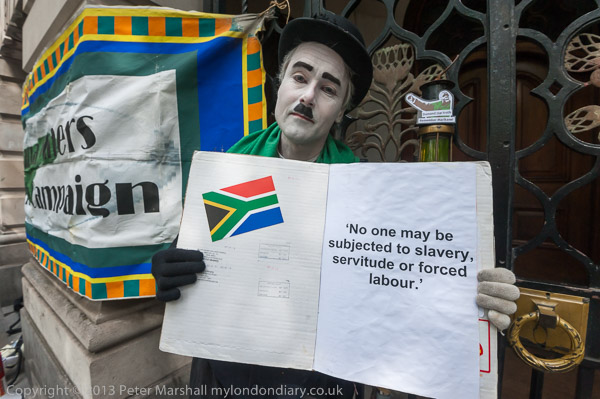
Among those taking part was mime protester Charlie X, who came with a poster of the constitution of the Republic of South African and stood holding this and with a miner’s lamp in front of the locked gates of the embassy.
